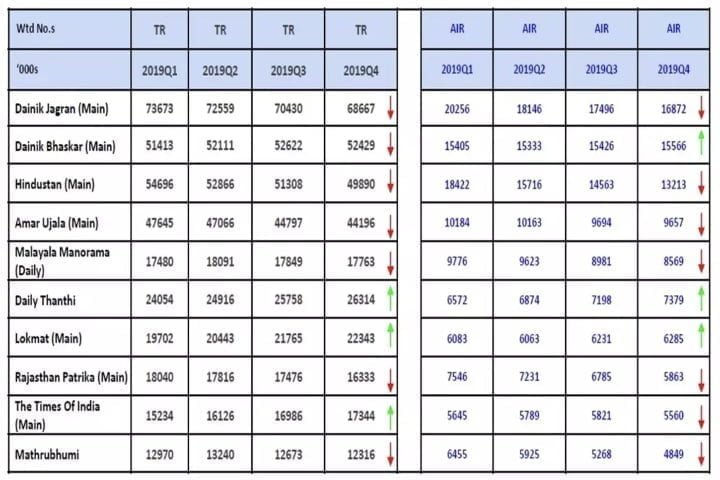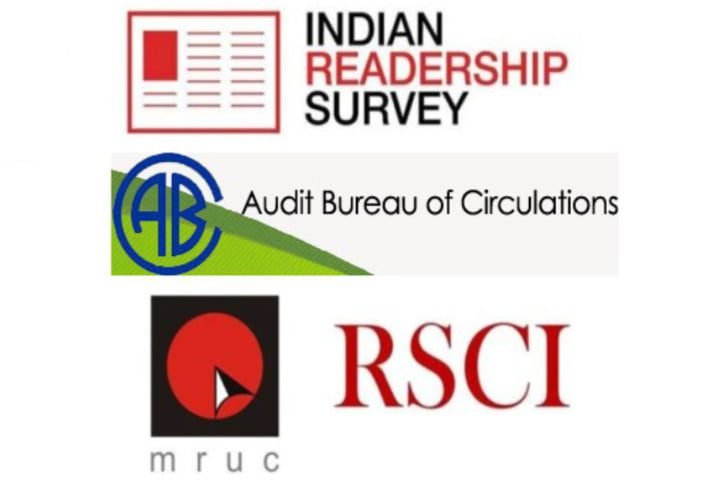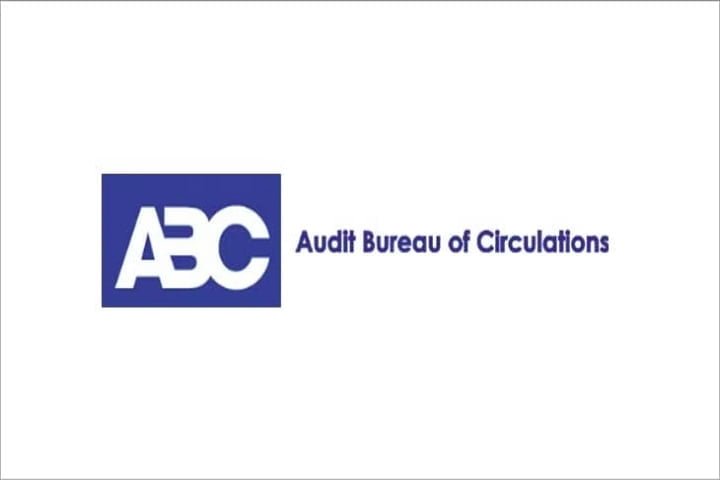The Indian Readership Survey (IRS) is the world’s largest continuous readership research study. In addition to the readership of newspapers and magazines, the IRS also measures other media consumption, namely, television viewing, radio listening, cinema attendance, and internet usage.
In This Article
Media Research Users Council India (MRUC India), a not-for-profit industry body established in 1994, is responsible for producing research studies that help various stakeholders in the media industry run credible businesses.
The Audit Bureau of Circulation (ABC) is an organisation with publishers, advertisers, and advertising agencies as its members, formed to certify the circulation figures of its member magazines and newspapers.
These two organisations are the joint promoters of the Readership Studies Council of India (RSCI), which conducts the Indian Readership Survey.


IRS collects a comprehensive range of demographic information and provides extensive coverage of consumer and product categories, including cars, household appliances, household durables, household care and personal care products, food and beverages, etc.
IRS also provides an in-depth understanding of media behaviour through its expanded media measures, such as time spent using different media and frequency of media usage. The IRS plays a crucial role in understanding India’s evolving landscape of readership trends.
Indian Readership Survey Key Information Areas
- Readership of print publications for a wide range of local, regional, and national newspapers and magazines
- Reach and consumption of other media (Television, Radio, Digital and Cinema)
- Demographic profiling
- Consumer Durable Ownership and FMCG Usage
IRS is the world’s most extensive readership research study, with an estimated sample size of over 3 lakh households annually. IRS 2019 Q4 covered a sample of 327,661 households across India. The sample was spread across urban India (214,357 households) and rural India (113,304 households).
Indian Readership Survey Methodology
A systematic random selection process is used to gather personal data from each household member who is 12 years of age or older. The primary goals of the individual questionnaire are to gather information about the readership of various publications, television and radio watching, mobile and internet usage, movie-going habits, and individual product usage.
Interviews with the householder are used to gather household data. The data contains information on every aspect of the household, including the composition of the household, the durables owned, the things purchased for the home, and other significant demographic factors like age, gender, education, income, etc.
The IRS employs a comprehensive and rigorous methodology to gather data on reading habits throughout India. The study is conducted on a large scale, covering several languages, different populations, and urban and rural regions. A thorough questionnaire is used to gather data regarding respondents’ reading preferences. Print, digital, and internet media are all included in the survey.
The data on radio station listeners is based on the district of broadcast rather than state-wise broadcast. This helped get a more accurate response and provided an improved list of radio stations accessible to listeners.
Stakeholders in the Survey
The survey enables publishers to tailor their content strategies by analysing audience demographics and preferences. It serves as a valuable tool for publishers to gauge the effectiveness of their content distribution channels and make informed decisions about resource allocation.
Advertisers use data from the Indian Readership Survey to choose where to allocate their marketing budget to ensure their messages reach the target demographic. It also helps them understand which genres or topics resonate most with different population segments and allows them to create targeted campaigns that effectively reach their intended audience.
Policymakers benefit from IRS insight while creating media-related policies. By thoroughly understanding reading habits, they can address problems like media literacy, information accessibility, and the growth of local languages.




